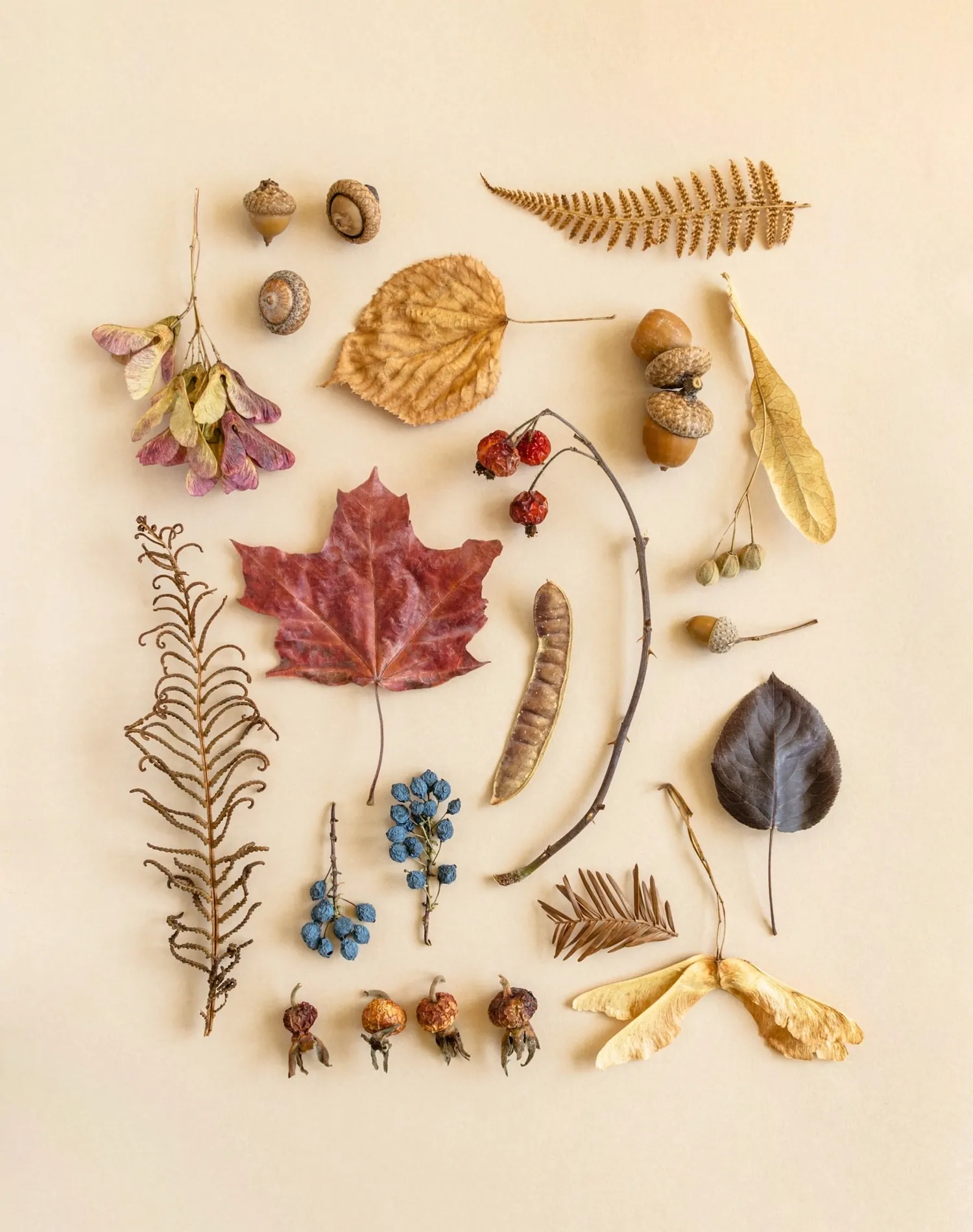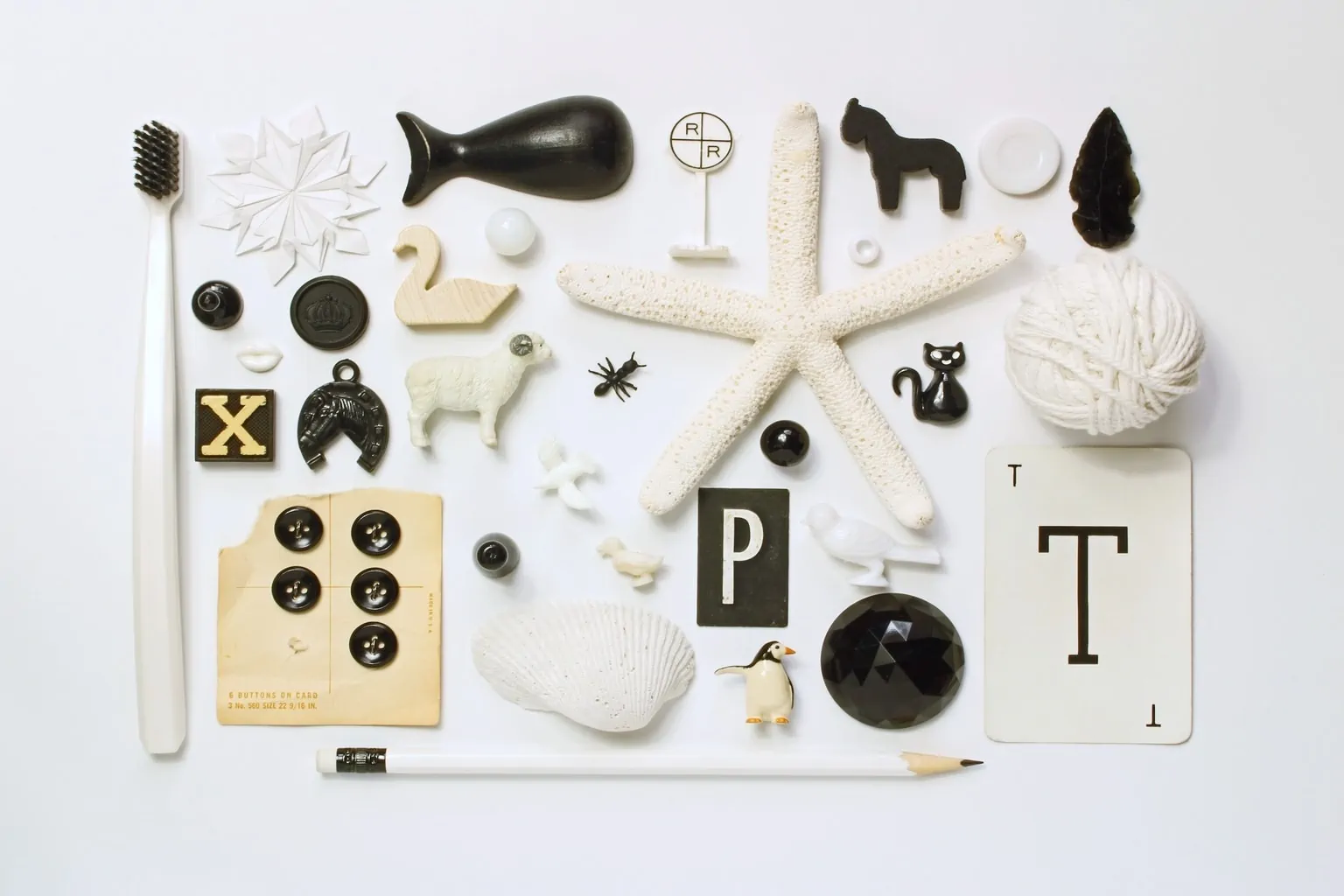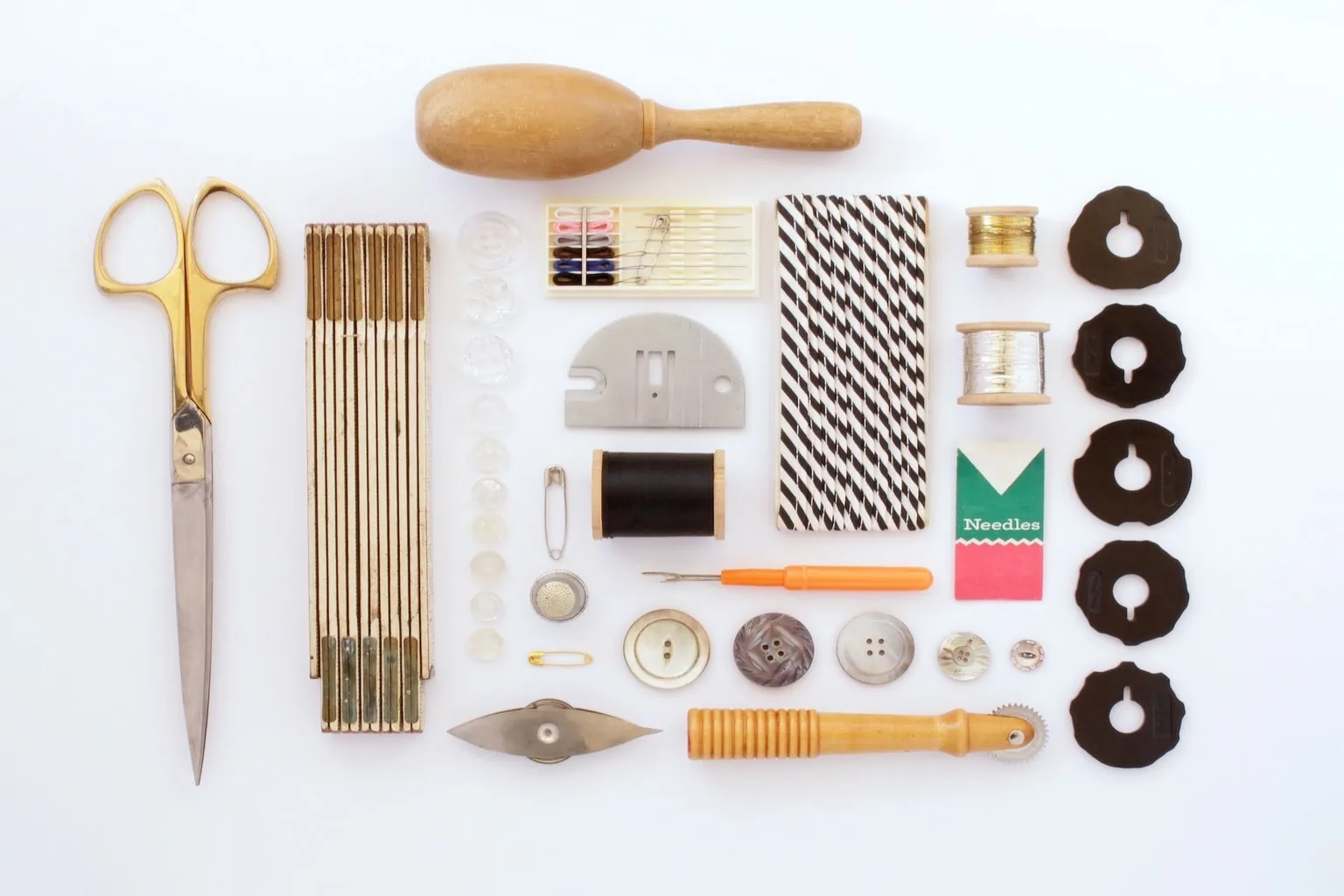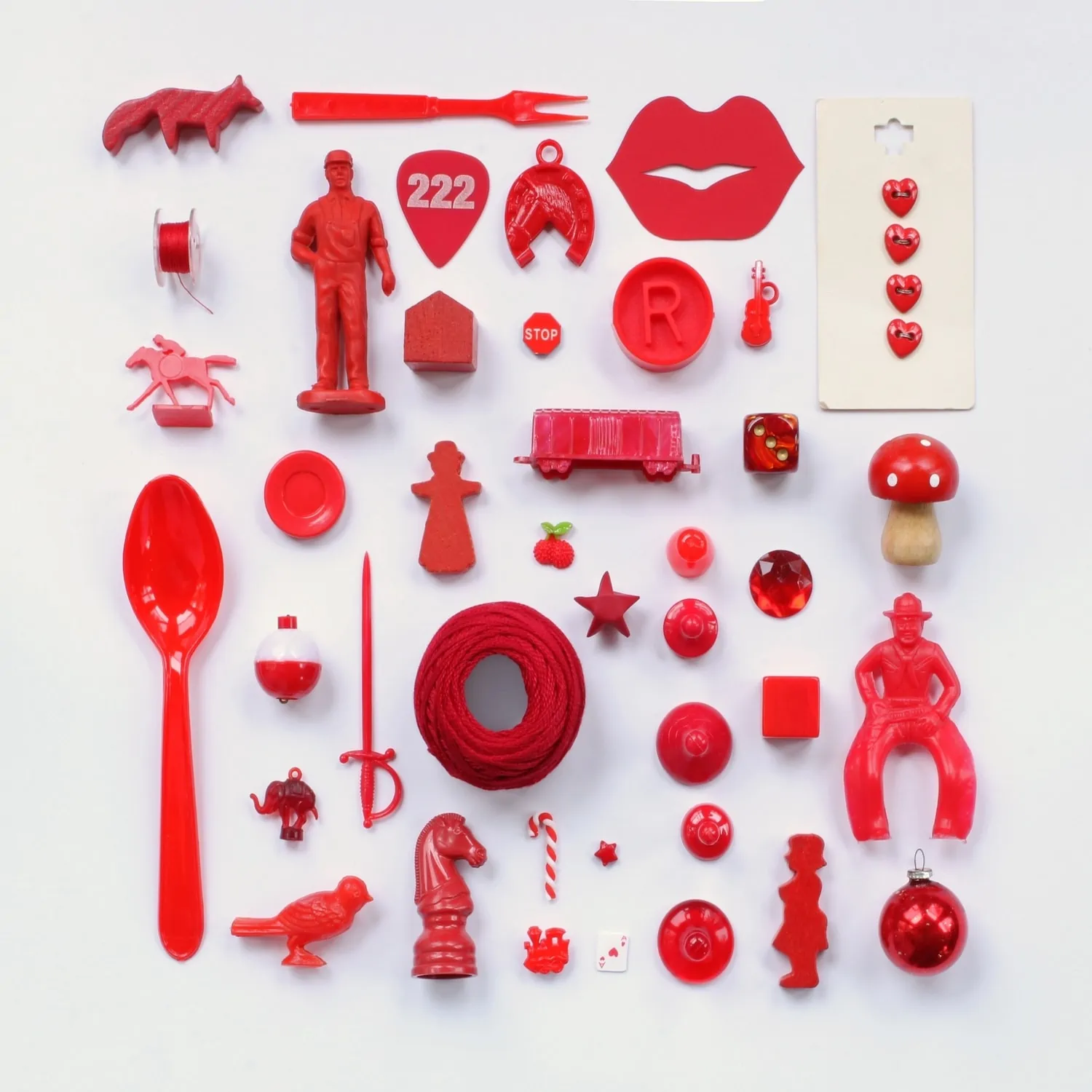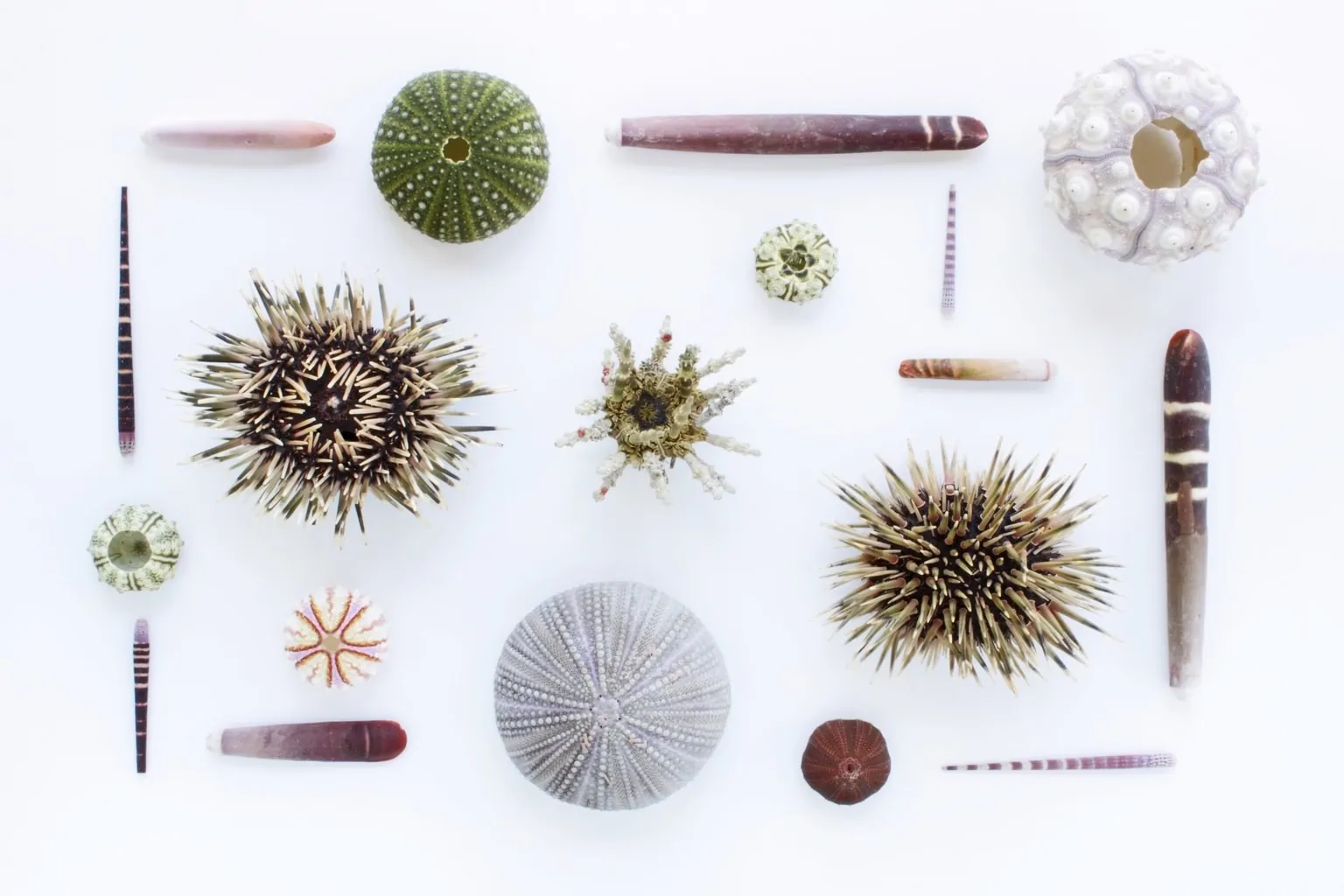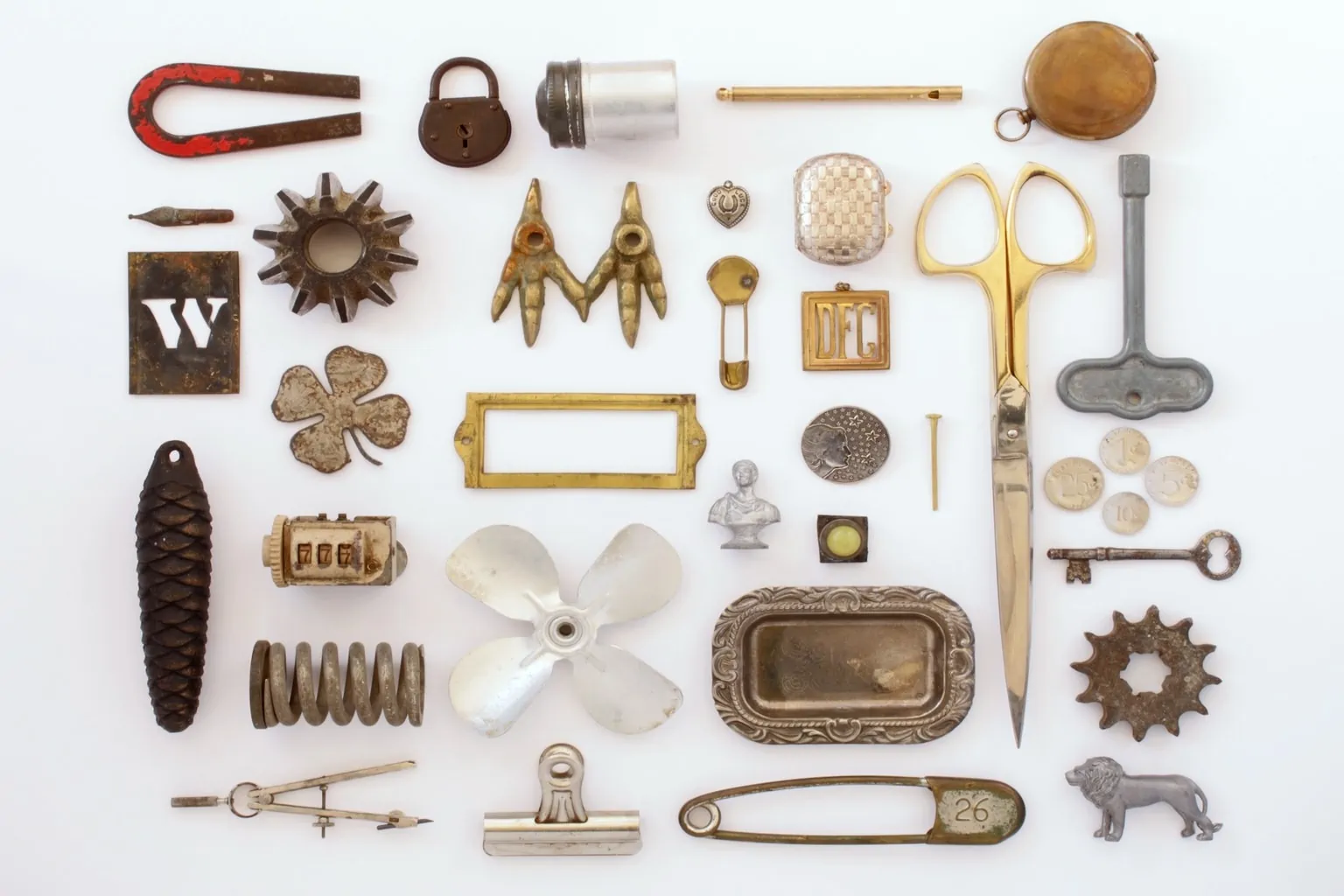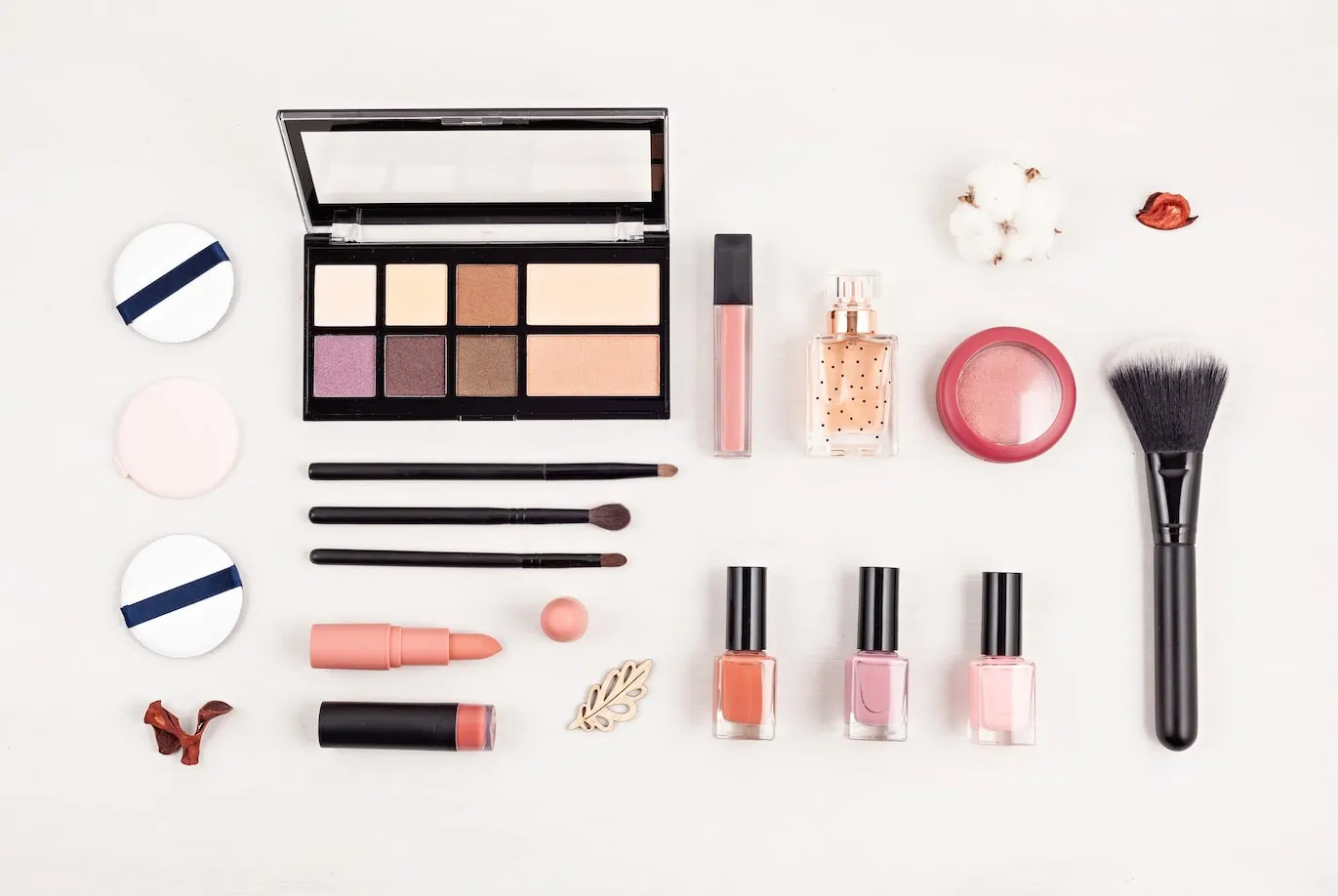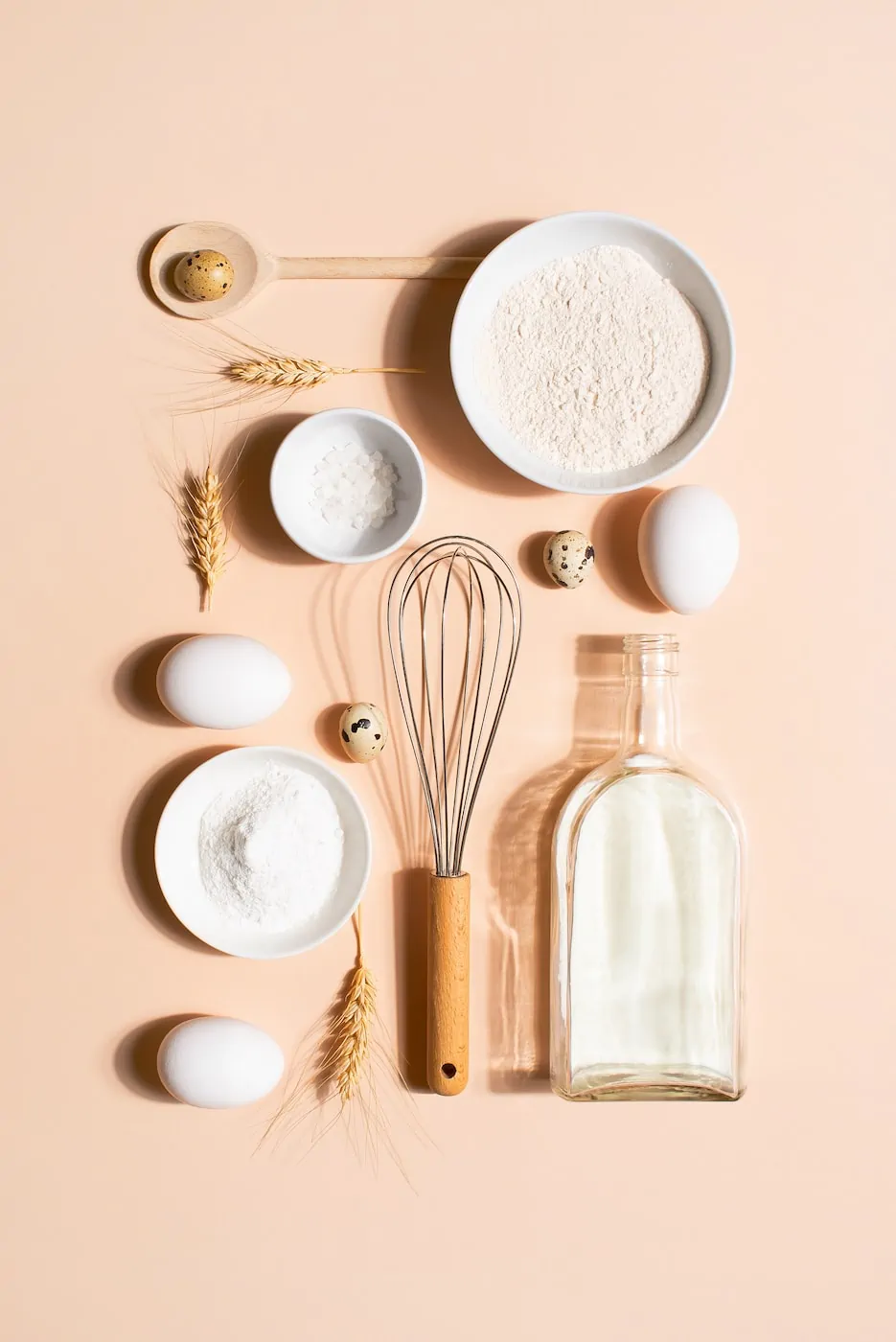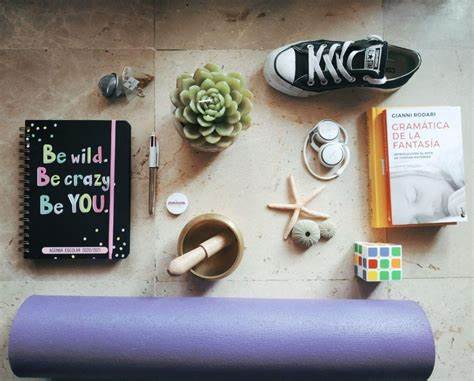If you mix product photography , still life, creativity, minimalism and a bit of aesthetics , the result is something that is not as new as it seems but is very fashionable. It's about knolling .
You have seen it, you have enjoyed it and it has surprised you. Sure. Do you want to know what it is? Where does it come from? How to do it? Keep reading I'll tell you everything.
WHAT IS KNOLLING?
Knolling is a photographic trend that consists of creating a composition of elements arranged in an orderly manner and photographed from a zenithal angle, so that all these elements can be seen at a single glance.
The resulting images are visually attractive due to their geometric shapes and order, turning the most ordinary into a surprising and unusual scene. Although we see them more and more on social networks, they do not cease to amaze us.
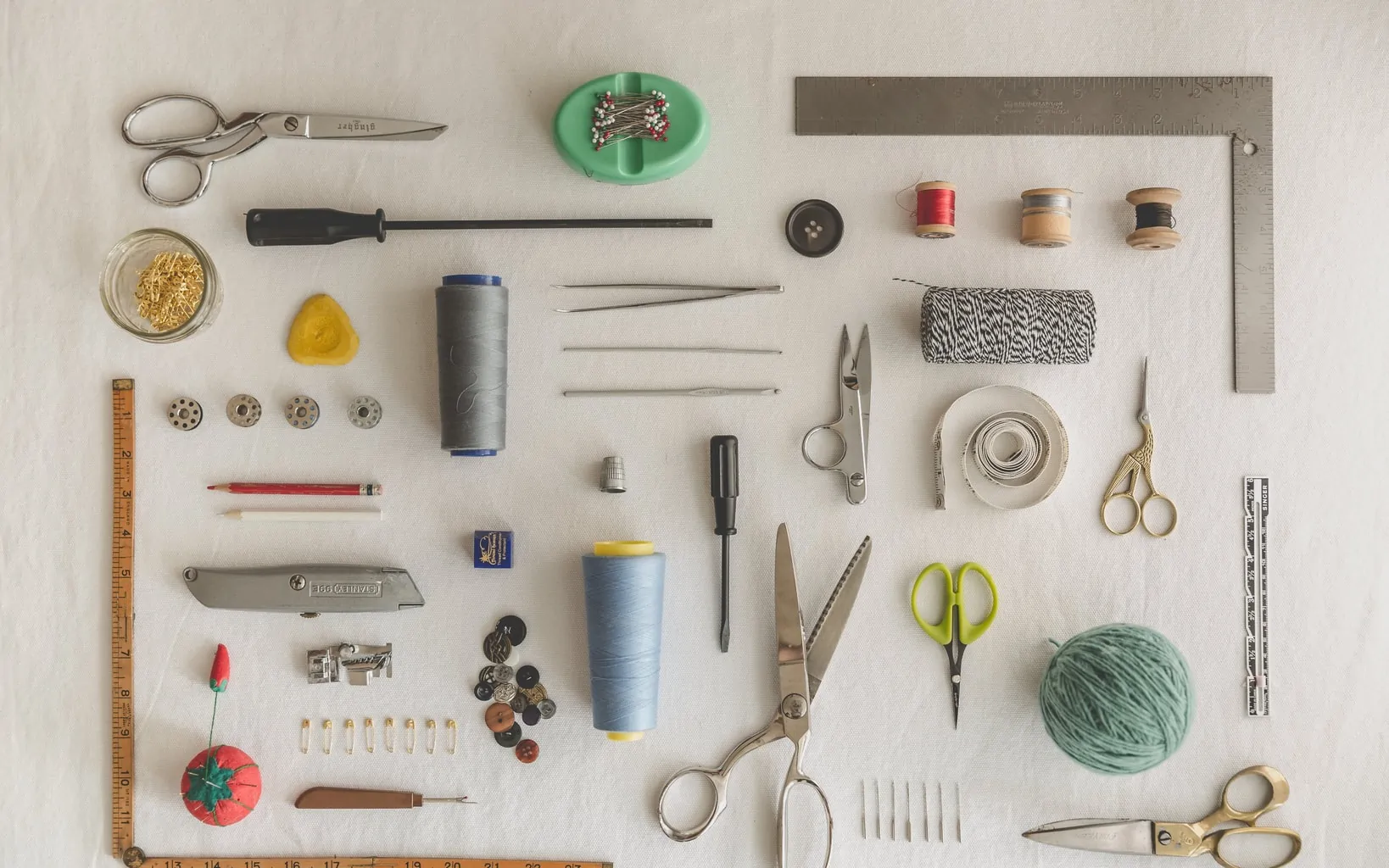
The term was created in 1987 by Andrew Kromelow, a janitor at Frank Gehry 's workshop.. While Gehry was designing chairs for the Knoll company, Andrew ended up placing all the moving parts at a 90º angle to eliminate clutter and be more productive on the assembly line. Remembering the right-angled design of Knoll's furniture, he began calling the habit knolling.
If the knolling technique ended up becoming popular in such a creative way, it was because the artist Tom Sachs, who worked with Gehry for two years, saw the potential and beauty contained in such compositions and integrated it as part of his processes and his work.
KNOLLING SELF PORTRAIT
You may be thinking of lying on the ground and surrounding yourself with objects in knolling mode. Yes (why not) and no (necessarily).
Actually, the knolling self-portrait is also a way of talking about yourself without being there; to show you without appearing; to tell how you are through objects photographed in the purest knolling style. You can appear as part of the composition if you feel like it, but that is not the excuse for not doing it.
What do you like? What are your hobbies, your fears, your desires? Concentrate all that in a neat and balanced square or rectangle and, in a single glance, give clues to who and what you are like.
This is not just a photographic work but it consists of scratching a little inside ourselves. It can also be used as a therapy. You dare? It could be an interesting profile picture for your social networks ?
For your knolling self-portrait includes:
- Objects that you use regularly (your smartphone, a backpack or bag, your camera, a diary or diary...)
- Something that defines you externally, clothes or accessories that you usually wear and show your style in some way.
- Elements that tell something about your way of being or your personality, something that cannot be seen with the naked eye such as your hobbies, tastes, customs, etc.
LITERARY KNOLLING
A literary knolling consists of showing a book accompanied by objects that define the story placed in an orderly manner, at the same distance from each other and at a 90º angle photographed from a zenithal perspective (from above).
To do this kind of knolling, you have to know the story well and find elements that summarize at a glance what the book is about, it would be like a visual synopsis.
If there's a book I know well, it's The Honey- Eyed Girl ?, that's why I turned to it to give you an example with things I had at home. It can be improved, I know, spending more time and planning, of course. But to explain the concept to you, it's worth it. Keep in mind that here the fact that you tell what the book is about is more important than the combination of colors, for example.

I have added weighty objects in the story, such as the umbrella, the paintings or the camera; books and movies that also appear with some importance; allusions to the cities where the novel takes place and also details of the life of the protagonist and some of the characters that surround her and that are important to her.
In the following video you have a summary of how to make a literary knolling:
HOW TO KNOLL
Now that you know what the knolling technique is and some of its variants, you are surely wondering how to carry it out. Here are 12 tips for knolling :
- First think of an idea, if you know what you want to do, it will be easier for you to search for the elements and the result will be rounder, because it is not about putting objects to put. Below I leave you a lot of ideas.
- Start first with what you have at home. If the technique hooks you, gradually improve your compositions and plan what you want to do to find the objects with more time.
- From less to more. Start with few elements and small surfaces to practice, it will be easier for you.
- Gather items related to the theme you've chosen. Preferably they are in good condition. If they are new, clean and without damage, they will look better in the photo.
- Follow the principles of the technique. It is based on minimalism and closely related to the famous 5 s of the Japanese Kaizen method: Seiri (classification), Seiton (order), Seiso (cleanliness), Seiketsu (standardization), Shitsuke (discipline). Which can be translated or summarized in:
- Eliminate from the equation any object that is not necessary, if it does not contribute anything, remove it.
- Group and classify objects by theme, use, size, color...
- Meticulously order the objects within the composition.
- Find a method or procedure to follow each time you make one of these compositions to achieve greater homogeneity both in the process and in the result.
- Find a flat and wide surface where to mount your composition.
- Choose the right background, it can be a neutral, warm background, like wood; of a color that harmonizes with the objects; or, on the contrary, that creates contrast if the knolling is based on a single color. If you want a white background, white, in the link you have how to get it. The same for black backgrounds .
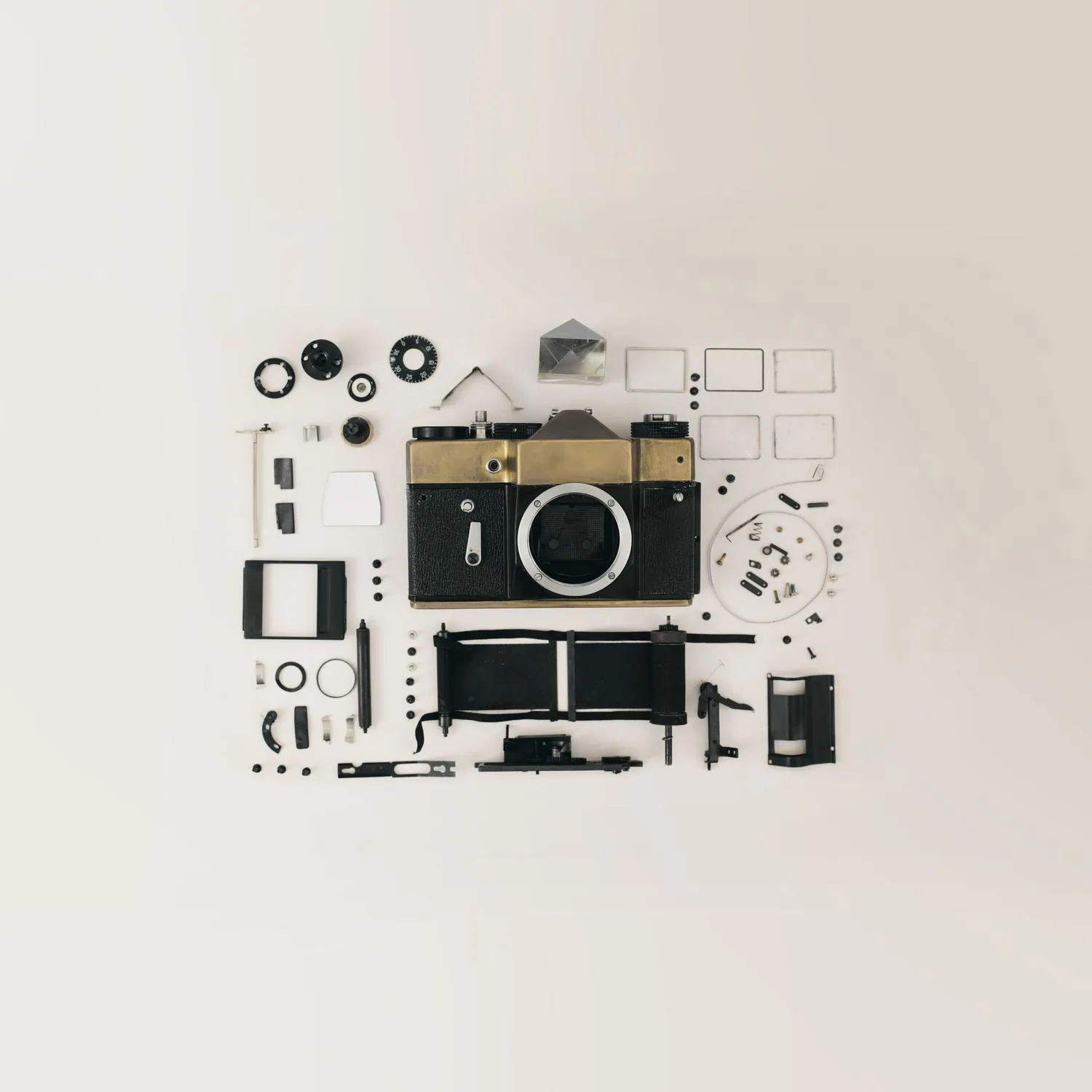
- Take into account the colors, base your composition both on the geometries and on the good use of color.
- Place the elements forming a rectangle (or square), that are parallel, at an angle of 90º and at the same (or similar) distance from each other.
- Help yourself with a large ruler or similar to align the elements of the edges.
- It is important that you take into account the balance within the composition .
- Illuminates evenly. You can use artificial or natural light, but light the scene well and avoid shadows, especially yours. Make sure that the light is diffuse and uniform, that is, that it falls on all objects in the same way.
- Set to a medium aperture, preferably to the sweet spot of your lens.
- Photography from an overhead angle. From above, and with the camera completely parallel to the composition so that all objects are seen at the same distance.
IDEAS FOR KNOLLING PHOTOGRAPHY
Let's see some ideas that you can use to get started in knolling photography :
- Photographic equipment. If you like photography, you will like doing your own photo knolling with all your gear.
- Lego pieces. You can play with shapes and colors.
- Toys. Who says Lego, says Playmobil or toys in general.
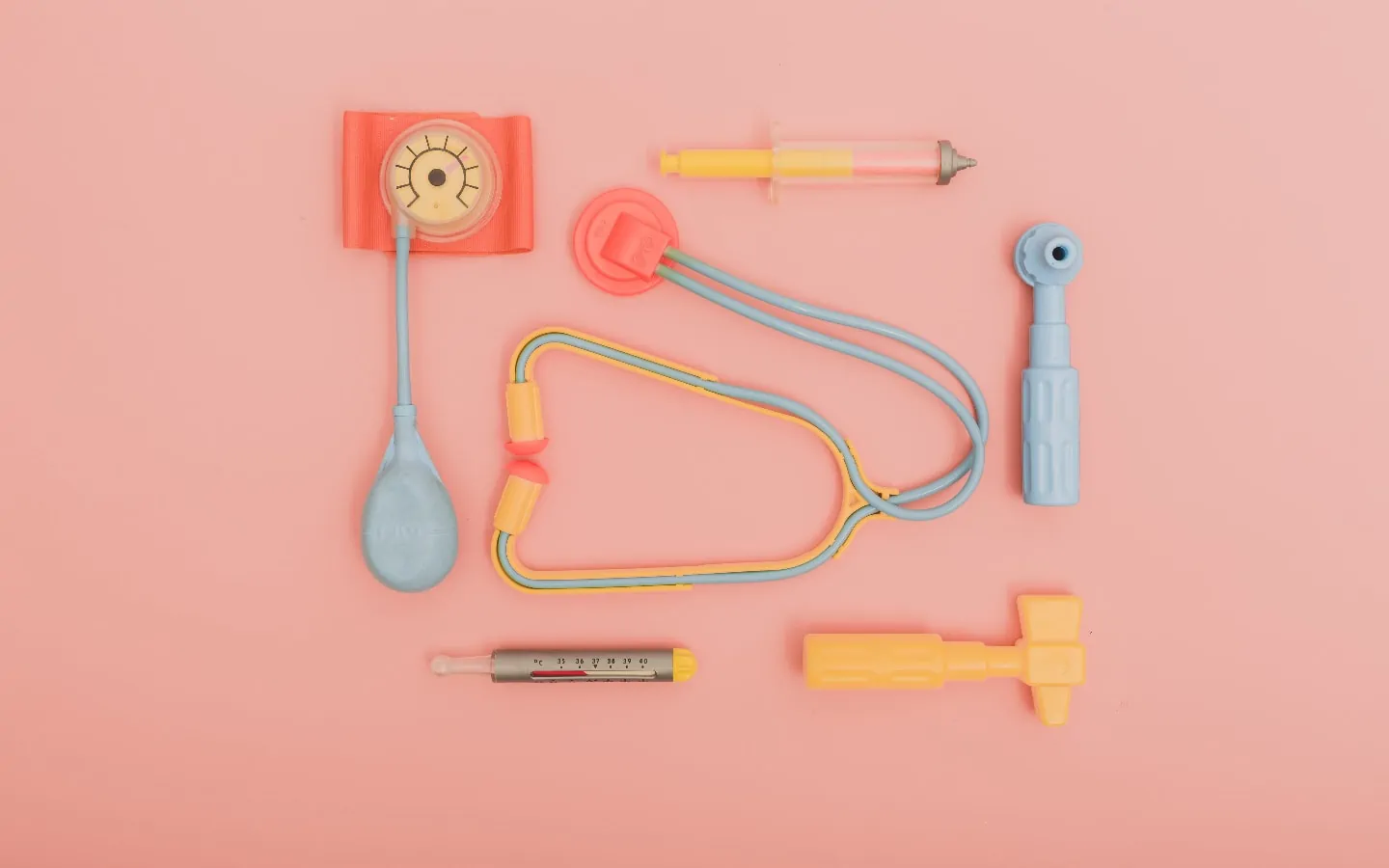
- Stationery or fine art material. Its shapes, colors and infinite products are an excellent source of inspiration.
- Leaves and flowers. A very natural knolling that you can do on your field trips. There is nothing more beautiful than nature itself. They also serve other elements such as stones, sticks, shells, minerals...
- Kitchenware. You have it at hand, in every house, it is perfect to start practicing.
- Tools. If you suffer from DIY , you have another source of inspiration at hand.
- Sewing accessories. Sewing, as you can see in the first photo, can also give a lot of itself, the threads and their infinite shades can help you a lot.
- Suitcase and luggage. Take advantage of your next trip to practice knolling.
- Books. Above we have talked about literary knolling; so, lover of reading, if you suffer when you reach the last page, lengthen your reading experience by creating a composition worthy of the story that has entered your veins.
- Sport. Do you practice any sport? It's time to gather all your junk and put an aesthetic order.
- Meal. This goes for the most cooky, a dish with all the ingredients arranged around it with the same grace with which you season the recipe will be spectacular, but there are more ideas, like in this video in which Sonia Martín tells you how she has made a knolling with spices explaining the whole process.
- Color. Choose a color and look for all the objects that you find at home or in the office of that same color and assemble your composition (put a background that harmonizes or contrasts).
- Epoch. Choose a decade that appeals to you and gather all the objects you find representative: books, records, clothes, decoration...
- Gutted object . An alarm clock, camera, clock or any other object that is damaged and does not serve you; Take him apart and show his guts.
- jellies. I'm already salivating just thinking about it!
- Jewelry or costume jewelery We're not Liz Taylor, so this isn't about collecting diamonds and emeralds, but I'm sure you have plenty of costume jewelry around the house to photograph . Also suitable for men: cufflinks, watches, rings and, why not, a belt. Various accessories are welcome.

- Hobby. What is your biggest hobby? Surely in addition to photography you have other hobbies, use them as the main theme.
- self portrait. We have also dedicated a section to the subject above. It's time to get to know yourself better and make yourself known in a more original way than looking at the camera.
- Concept. We level up, think of a concept and gather all the elements or accessories that you can relate to it.
- From the heights Super pro level, only suitable for those who have a drone or the option to photograph from the top. You can play knolling in a big way, for example with a vehicle and its interior, a car engine and its parts, the furniture in a room, all the (small) electrical appliances in your house, or anything you can think of. . Hereyou have a supportive example created by Austin Radcliffe.
AUTHORS
These are some authors who practice the Knolling technique so that you have more options for inspiration:
- todd maclellan
- Pati Gagarin
- austin radcliffe
- Emily Blincoe
- tom sachs
- Barry Rosenthal
- Jim Golden
- Martin Kozak

KNOLLING EXAMPLES
Finally, a shot of inspiration:
